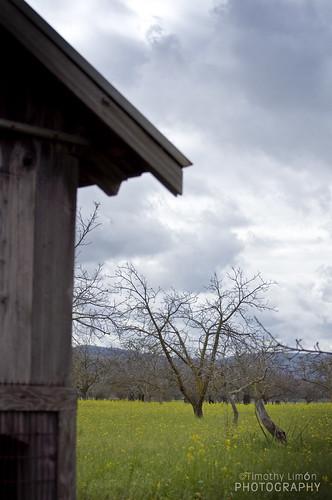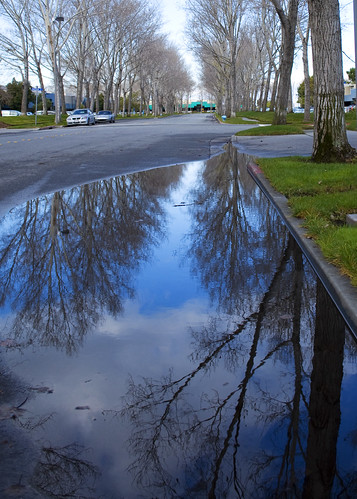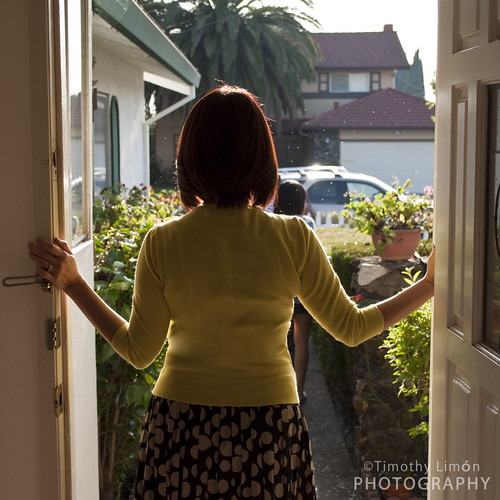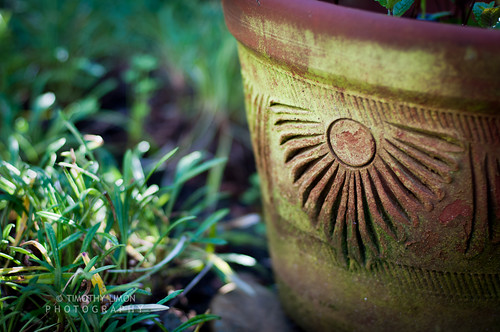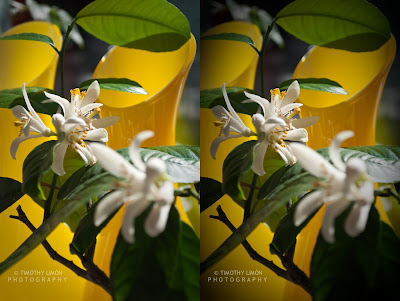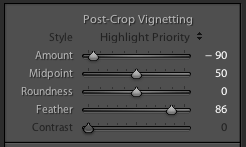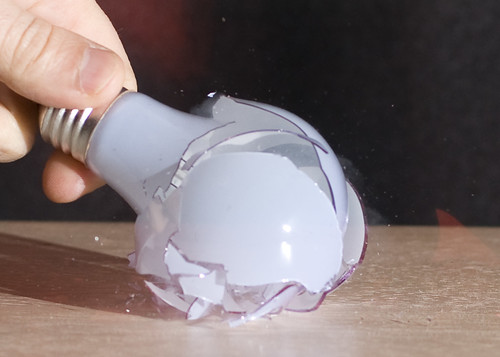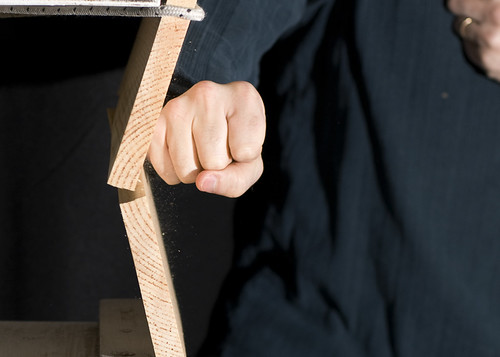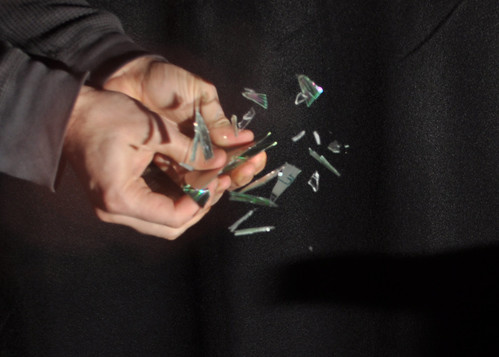Being an early adopter has its benefits....
and its issues. Normally, being a tech geek, I don't mind putting up with the little glitches that I find along the way to a mature product; at least it gives me stories to tell about the experience, and a sense of pride paving the way for the general public (you can thank me now ;) ).
I recently switched to the Macintosh platform for photography after years of sitting on the fence. I purchased a brand new 27" iMac back in November only to be surprised that the unit I purchased was a DOA. You can read about that experience here.
A few days ago,
I was reading
Gizmodo and took note of a post about continuing screen issues. Of particular interest to me was the issue about a yellow tint toward the bottom of the screen. As a photographer, color accuracy is really, REALLY important. At the time I was reading the post on my Win7 laptop, but quickly woke up the iMac to run the test they suggested.
Sure enough,
the replacement unit I now own is affected. Here's what it looks like using the blue and white stripes in iTunes:
I'll agree, that its hard to see, but the images below show how drastic this issue is when you compare from top to bottom. The top of the screen is on the left, the bottom is in the right. Notice the conspicuous "Absence of Blue" on the left.
Apple's tech support process starts on the website: I entered my serial number, described my issue, and entered a phone number. Within a minute the phone rang and I was put into the support queue. After about 3 minutes on hold I spoke with a nice young lady by the name of Phoebe, from Niagra falls, Canada. After apologizing several times, she informed me that Apple is aware of the issue and will either:
- Refund my money ...or...
- Put me on the list for a new internal display panel which will be available at the local Apple Store in 3 weeks
The refund didn't sound like a good option; I'd be without a main computer for a while and then have to configure and reload all of my software. I opted for option 2.
Overall I was impressed with Apple's response to the manufacturing (or shipping?) flaw and how forthright they are about it. I'm also impressed with Gizmodo's excellent coverage of the issue complete with a leaked internal memo about it. I fully knew what to expect.
So for now,
I'll keep using my yellow iMac, and anxiously await the arrival of the new panel. I'll update the post when the issue has been resolved. I think I'll wait a few months before buying an iPad :/

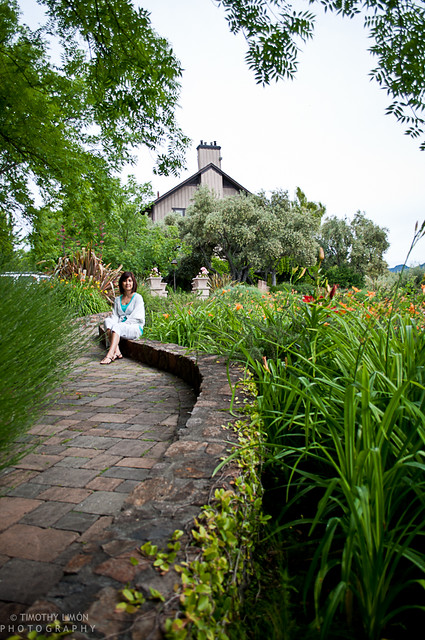 Often times
Often times 




